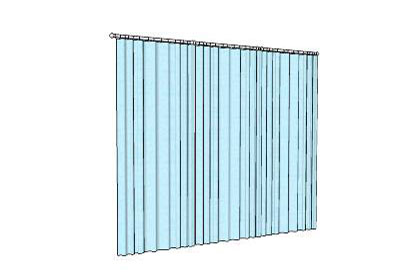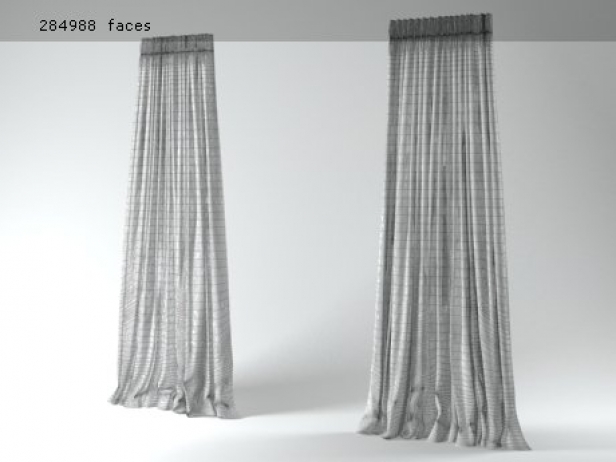

Talk soon.Two very important things to remember about the Two Sided Material. I hope you found this tutorial helpful, and if you did, you’ll find my other tutorials equally helpful. If you want to see more examples for this material, check out this official resource. Now in a few simple steps you can simulate translucent leaves, curtains and lamps without any drastic increase in rendering time. Any middle grey value thus signifies the blending of the 2 materials into each other. A value of black has no change, while a white value interchanges both the materials.


In this case the translucency color controls the blend between the two sides. For this you just need to check and activate the back material slot. VRay2SidedMtl is a material that also gives you the ability to assign a different material to the front and back faces of any mesh. The front side material gets applied to the right side normals of the mesh, while the backface gets the back material.
You can even assign a translucency map for greater control over the areas with translucency. The whiter the color, the greater the material translucency. Use the translucency color to control the amount of light passing through the mesh. Do not assign any material to the back slot. Create a new VRay2SidedMtl and assign your main material to its front slot. Let me enumerate how you can use it in order to create realistic leaves and curtains: You can easily simulate SSS for thin plane meshes without any computational penalty of the other translucency effects. The first case use is pretty much its best feature.  Simply apply two different materials to the front and backface normals of a 2d mesh. To simulate sub-surface scattering in thin plane or non-shelled meshes like leaves, paper lamps and curtains or. The VRay2SidedMtl can actually be used in two scenarios: The venerable VRay2SidedMtl (VRay Two Sided Material) is one of these. The developers at Chaos Group recognize such issues, and have placed different tools at our disposal. But still, that doesn’t mean we need to sacrifice on such quality effects every single time. Effects like Subsurface Scattering, while nonetheless beautiful, raise rendering times immensely. The number one concern for us VRay users is the act of balancing quality with rendering time.
Simply apply two different materials to the front and backface normals of a 2d mesh. To simulate sub-surface scattering in thin plane or non-shelled meshes like leaves, paper lamps and curtains or. The VRay2SidedMtl can actually be used in two scenarios: The venerable VRay2SidedMtl (VRay Two Sided Material) is one of these. The developers at Chaos Group recognize such issues, and have placed different tools at our disposal. But still, that doesn’t mean we need to sacrifice on such quality effects every single time. Effects like Subsurface Scattering, while nonetheless beautiful, raise rendering times immensely. The number one concern for us VRay users is the act of balancing quality with rendering time.








 0 kommentar(er)
0 kommentar(er)
